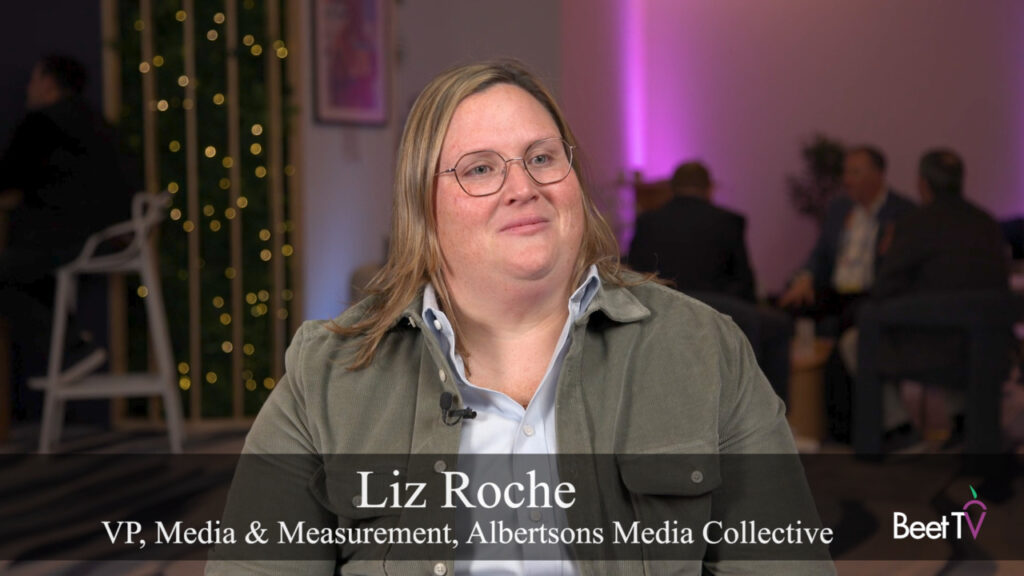Web users don’t like too many ads, and TV viewers may feel the same way, too. That’s why, last October, Turner made a big announcement that it would reduce the ad load in some of its TV broadcasts.
One year on, how is the initiative faring? Donna Speciale, Turner Ad Sales’ president, tells Beet.TV the early results are exploratory but promising, and lead her toward wanting fewer, longer ads that give brands a bigger canvas and exclusive air time.
- “TNT (show) Animal Kingdom just started having some really nice initial result,” Speciale says. “We have had very little reduction of people coming in and out of the break, which is amazing – a bigger C3 lift. Unaided brand recall for the clients is up.”
- “Good Behavior is now going to start airing (on TNT) in the next few weeks. That’s also going to be a 50% ad reduction so we’re going to do another test on that.”
- “truTV (channel) is also starting this quarter.”
Shaking up the way commercials are structured in US TV programming is such a significant move, Speciale is treading cautiously, searching for evidence.
Next up, she will be testing reduced ad loads on archive shows, too, to establish whether old and first-run shows perform differently with the new setup.
The advertising and publishing worlds have been rocked by the reality of ad blocking online. Steadily, the TV world is starting to get spooked that it, too, may secretly be suffering from latent consumer resentment.
“The industry needs to focus on the consumer experience int he television landscape,” Speciale adds. “It’s not just us doing it. NBCU announced limited commercials with SNL, Fox is reducing NatGeo and did some stuff with Empire. It can’t just be a Turner initiative.”
So what is the optimum ad format, and how will it be used? Again, Speciale is as yet non-committal while tests are ongoing – but first tests are leading Turner toward a conclusion.
“We’re testing, should there be five breaks that are shorter, or three breaks that are longer?,” Speciale says. “Our initial inclination is five breaks in an hour but two minutes in each.
“The next iteration is to trying take those two-minute pods and get out of the traditional 30-second commercial. We want to make that environment better storytelling with client messaging.”
Those longer slots would allow advertisers to have ownership of a given ad break, a space in which to run longer creatives.
“There’s a lot of content right now in the digital landscape with one- or two-minute messaging but they’re not taking that messaging and translating it in to linear – because of cost, but also we’re not set up that way.
“By making the pods shorter, we can enable them to take storytelling that they’re already doing or we will create and start marrying the right messaging to the content.”
Such a switch would make this a rare occasion on which the US TV advertising infrastructure is re-shaped by online advertising and not the other way around.
This video is part of a series produced at the NYC TV and Video Week’s Advance Advertising summit. The series is sponsored by 4C Insights. For additional videos from the series, visit this page.


























